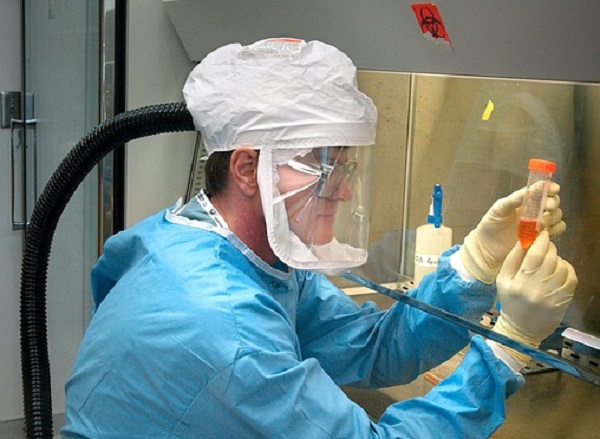Infectious diseases vary not only in severity but also in how quickly they spread. Researchers from the University of Bristol note that the level of contagiousness largely determines the scale of epidemics and the difficulty of controlling them, ScienceAlert reports.
The fastest-spreading infection is measles—one patient can infect between 12 and 18 others. The virus is airborne and can remain active indoors for up to two hours after the infected person leaves. Recent outbreaks are linked to declining vaccination rates, even in countries with advanced healthcare systems.
Other highly transmissible diseases include whooping cough, chickenpox, and COVID-19. Their contagiousness index can reach as high as 17, with the added danger that these illnesses can spread even before symptoms appear.
Less contagious but extremely dangerous infections include tuberculosis and Ebola. Tuberculosis requires long-term antibiotic treatment, and the rise of drug-resistant strains makes it harder to combat. Ebola spreads only through direct contact but has an exceptionally high fatality rate.
Diseases with a low transmission rate (R0 below 1) include MERS, avian influenza, and leprosy. Despite limited spread, they remain serious health threats.
Experts emphasize that vaccination and herd immunity play a crucial role in the fight against infections—protecting not only those who are immunized but also individuals who cannot be vaccinated for medical reasons.




